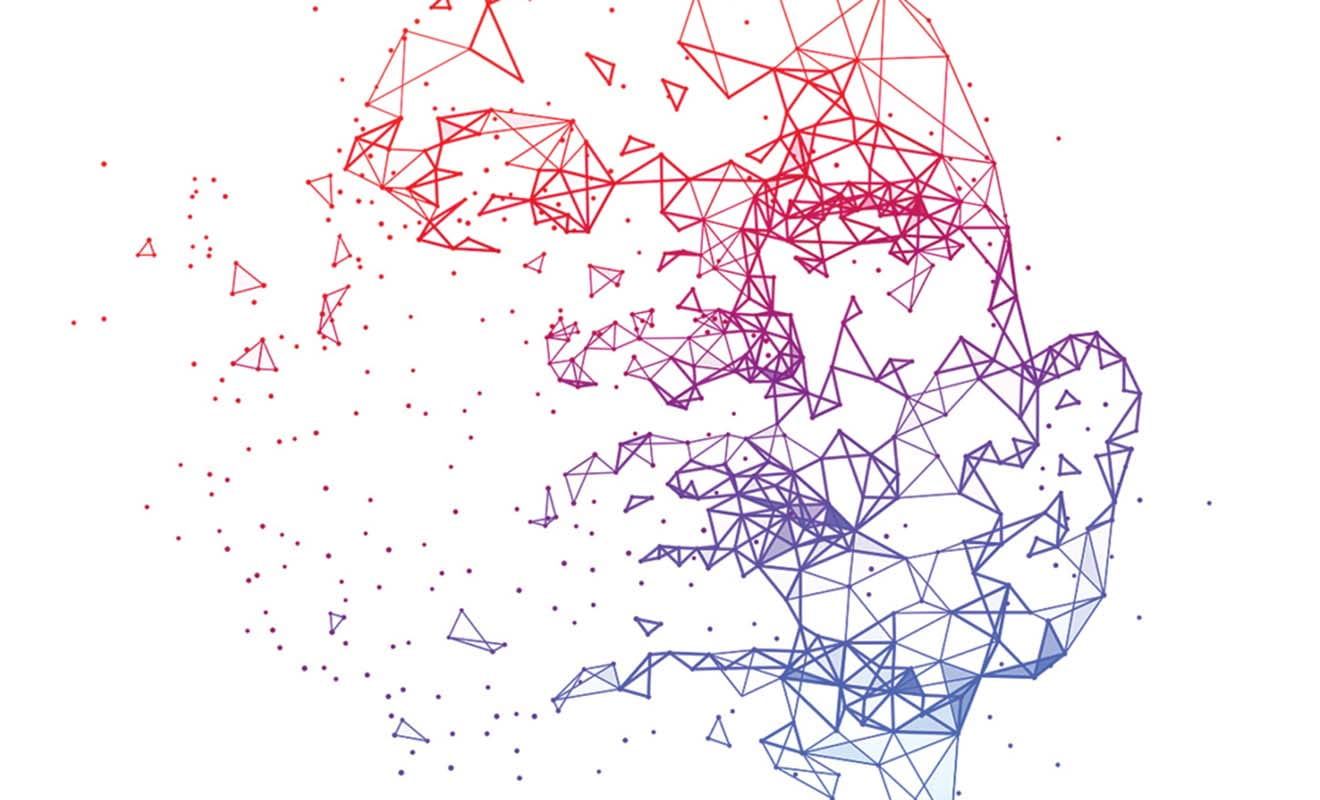AI and Fairness
When it comes to fairness, artificial intelligence is imperfect.
The algorithms that drive calculations can carry the biases of their human creators, leading to unintended results when AI is used to rank candidates for jobs, scholarships, loans, awards, or other distinctions.
But Elke Rundensteiner, William Smith Dean’s Professor in the Department of Computer Science, and her students are developing a way to address fairness with algorithms that could help decision makers who want to rank diverse individuals—people who may possess multiple characteristics—without discrimination.
Our innovation starts with recognizing that humans are complex and asking how we can ensure fairness with respect to all parts of their identity.
Kathleen Cachel
Rankings are everywhere, and they can be created by aggregating the preferences of individual decision makers. Making sure that those combined rankings fairly distribute resources or honors to different groups of people, however, can be tricky and even raise questions about what represents fairness.
Caitlin Kuhlman ’20 (PhD) previously worked with Rundensteiner to develop a way to generate fair rankings while considering a single “protected attribute” among candidates. U.S. law prohibits discrimination against individuals on the basis of protected attributes such as gender, age, and race.
Now Rundensteiner, computer science Associate Professor Lane Harrison, and PhD candidate Kathleen Cachel have extended the work by developing a series of algorithms to tackle the problem of “intersectional bias” that can occur in rankings when candidates possess more than one protected attribute.
“A lot of research makes the critical assumption that protected attributes are binary—male or female, white or non-white,” Cachel said. “But the reality is that humans belong to lots of different groups. We need algorithms to handle multiple categories. Our innovation starts with recognizing that humans are complex and asking how we can ensure fairness with respect to all parts of their identity.”
Read the entire release.



